Visit to memory space of Vietnam's journalistic history
The Vietnam Press Museum is a dynamic cultural institution dedicated to preserving and celebrating over 100 years of Vietnamese journalism. It serves as a repository of historical artefacts and archives that brings the nation's press history to life.
THE HANOI TIMES — Nestled on the first floor of the Vietnam Journalists’ Association headquarters at 6 Duong Dinh Nghe Street, Yen Hoa Ward, Cau Giay District, Hanoi, the Vietnam Press Museum stands as a poignant tribute to the country’s journalism legacy, a legacy marked by courage, resilience, and unwavering dedication.
Far beyond a repository of facts, the museum underscores the role of journalism in shaping the nation’s destiny. Through wartime and peace, Vietnamese journalists have not only reported history but lived it - capturing the nation’s triumphs, trials, and transformations in every headline, article, and photograph.
Spanning nearly 1,500 square meters, the main exhibition space is thoughtfully arranged into five chronological sections, each reflecting a defining era in the evolution of Vietnamese journalism. From colonial resistance to modern digital media, the museum offers a compelling journey through time, honoring the profession’s enduring spirit and vital role in national life.
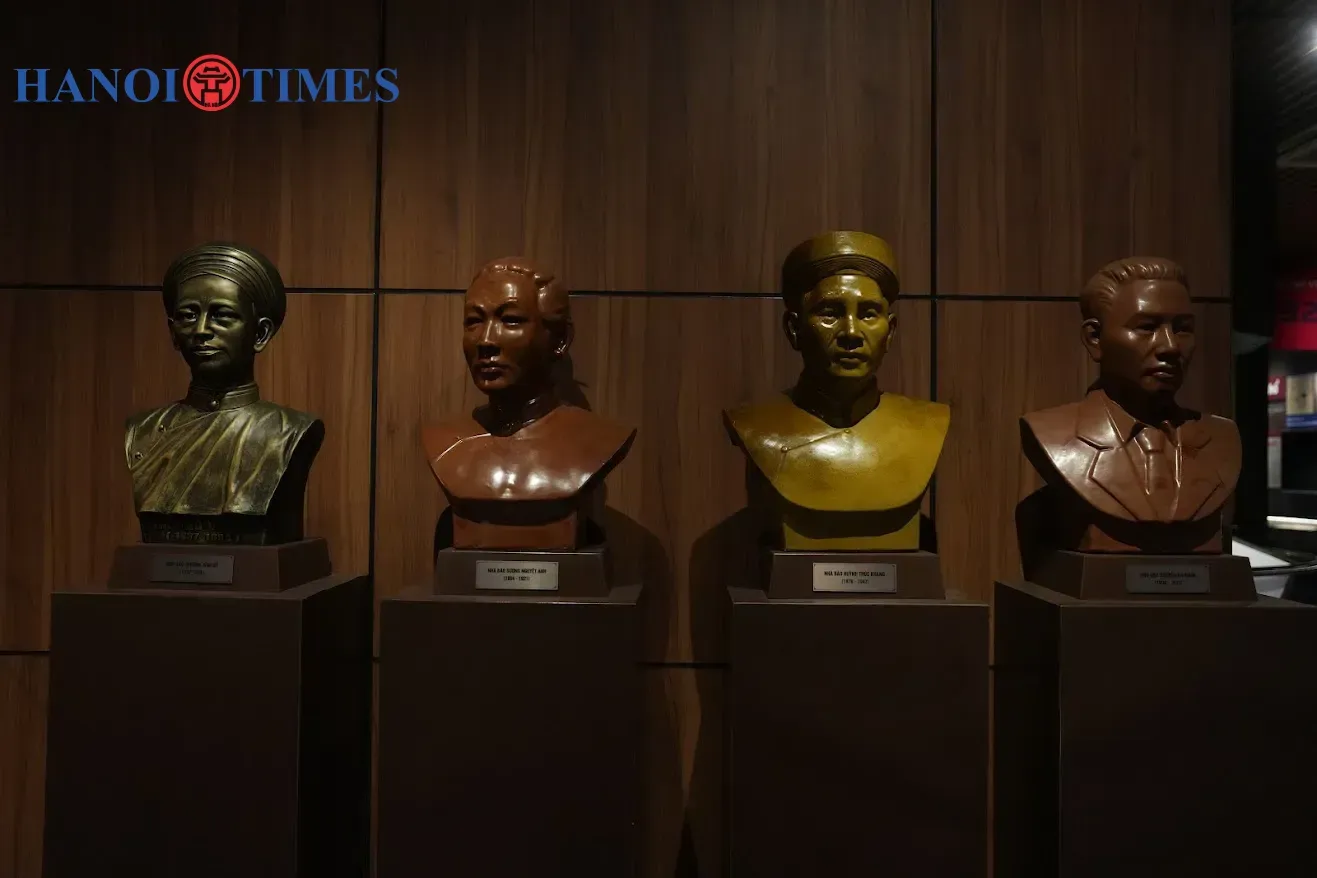
After nearly three years of preparation, the museum opens officially on June 19, 2020, the 95th anniversary of the Vietnamese Revolutionary Press Day. Photos: Huy Pham/The Hanoi Times
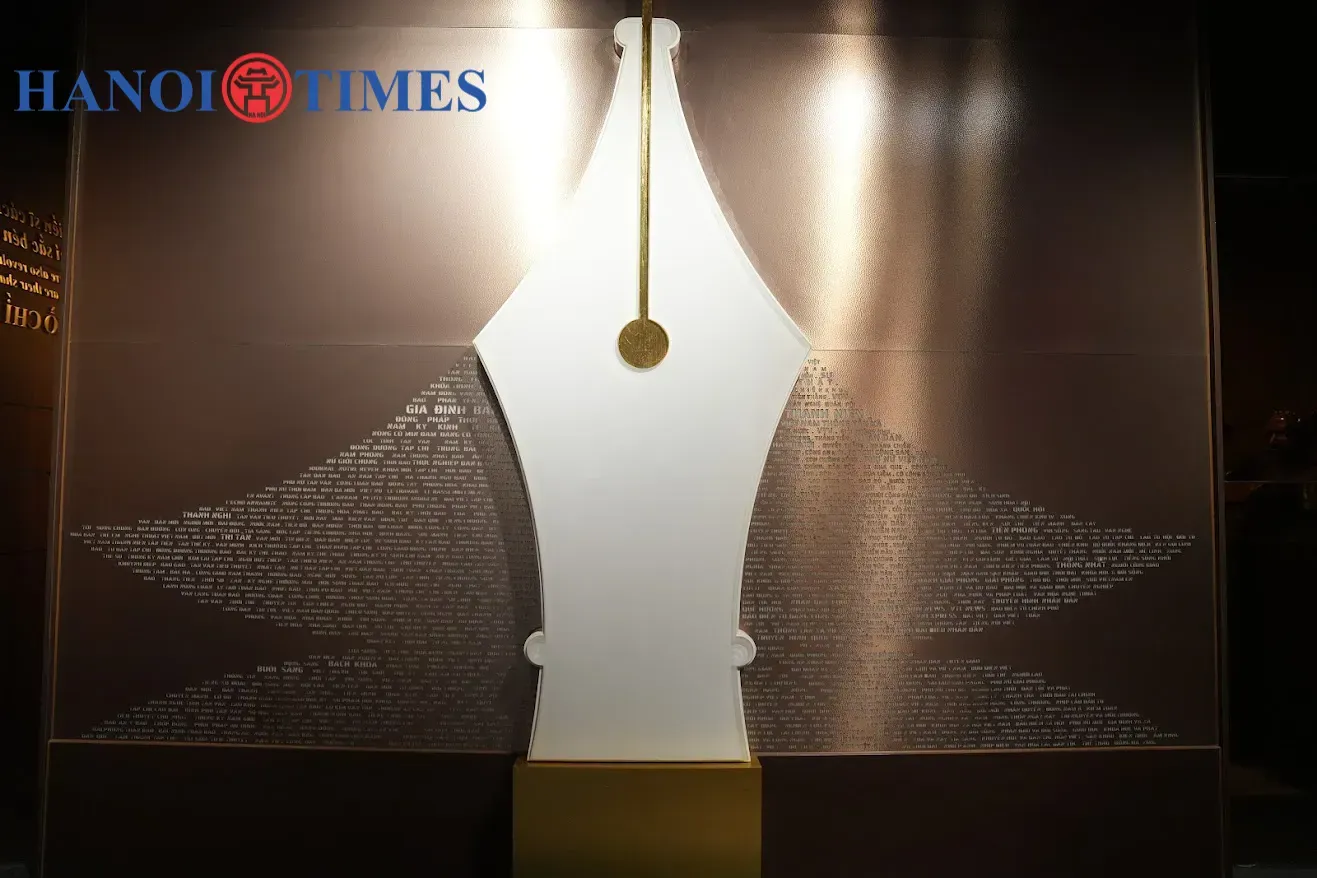
Here, each artifact tells a story of resilience, courage, and national commitment.
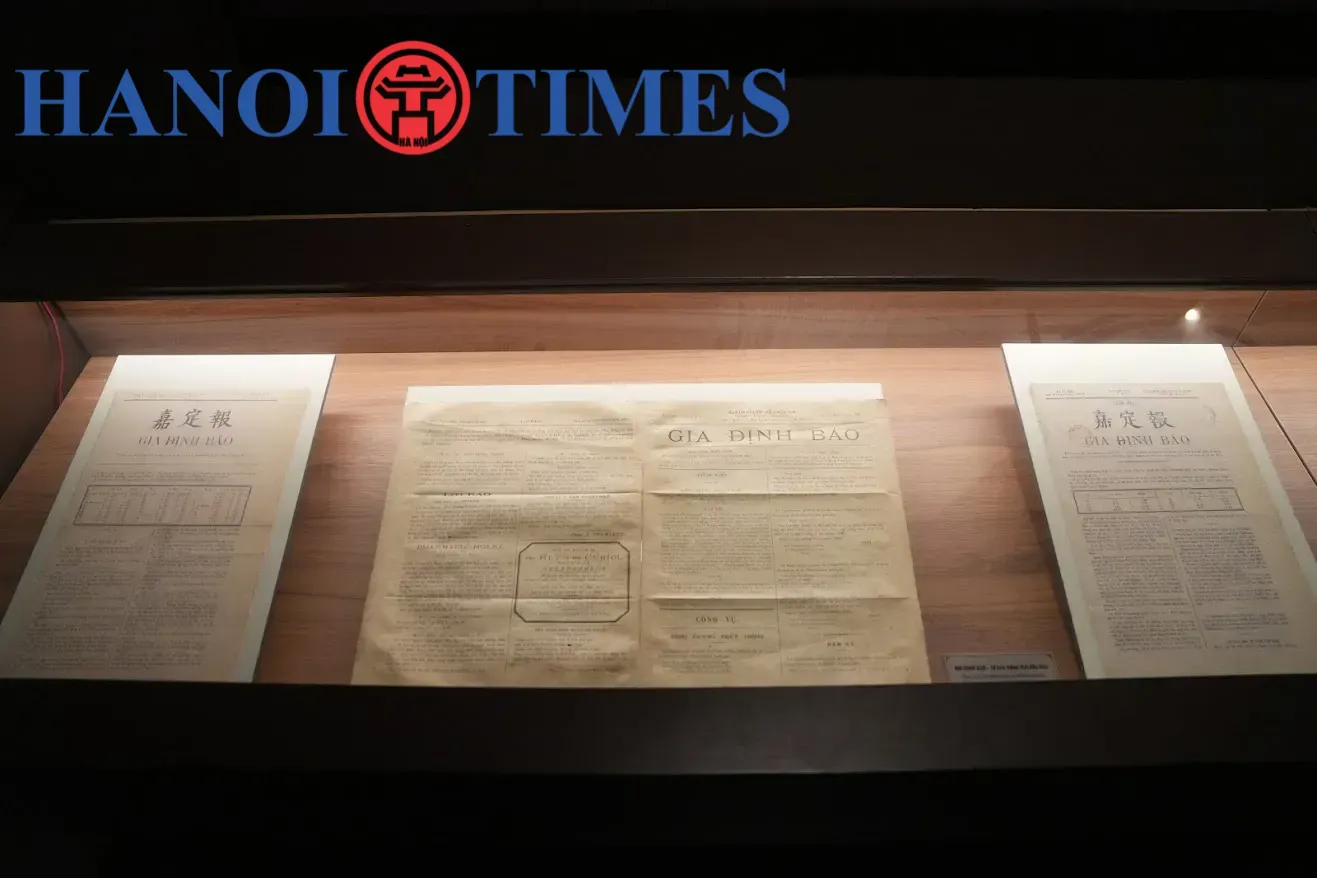
The publication of Gia Dinh Bao in Saigon in 1865 is the first Vietnamese newspaper printed in Latin script.
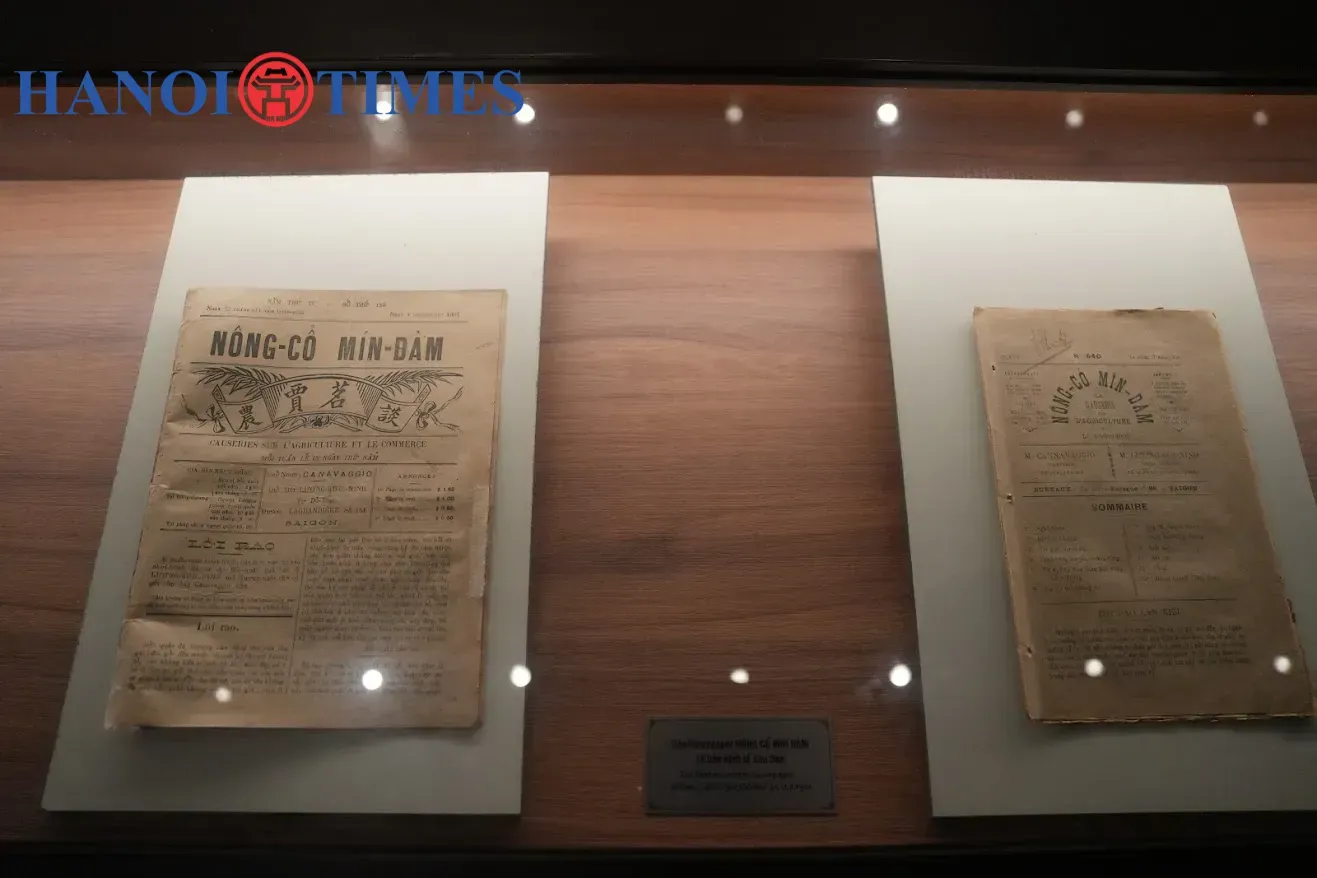
Influential publications include "Nong Co Min Dam", "Causeries sur l'agriculture et le commerce", "Dong Duong Tap Chi" (Indochina Magazine), "Nam Phong" (Southern Wind), and "Luc Tinh Tan Van" (The newspaper of six southern provinces).
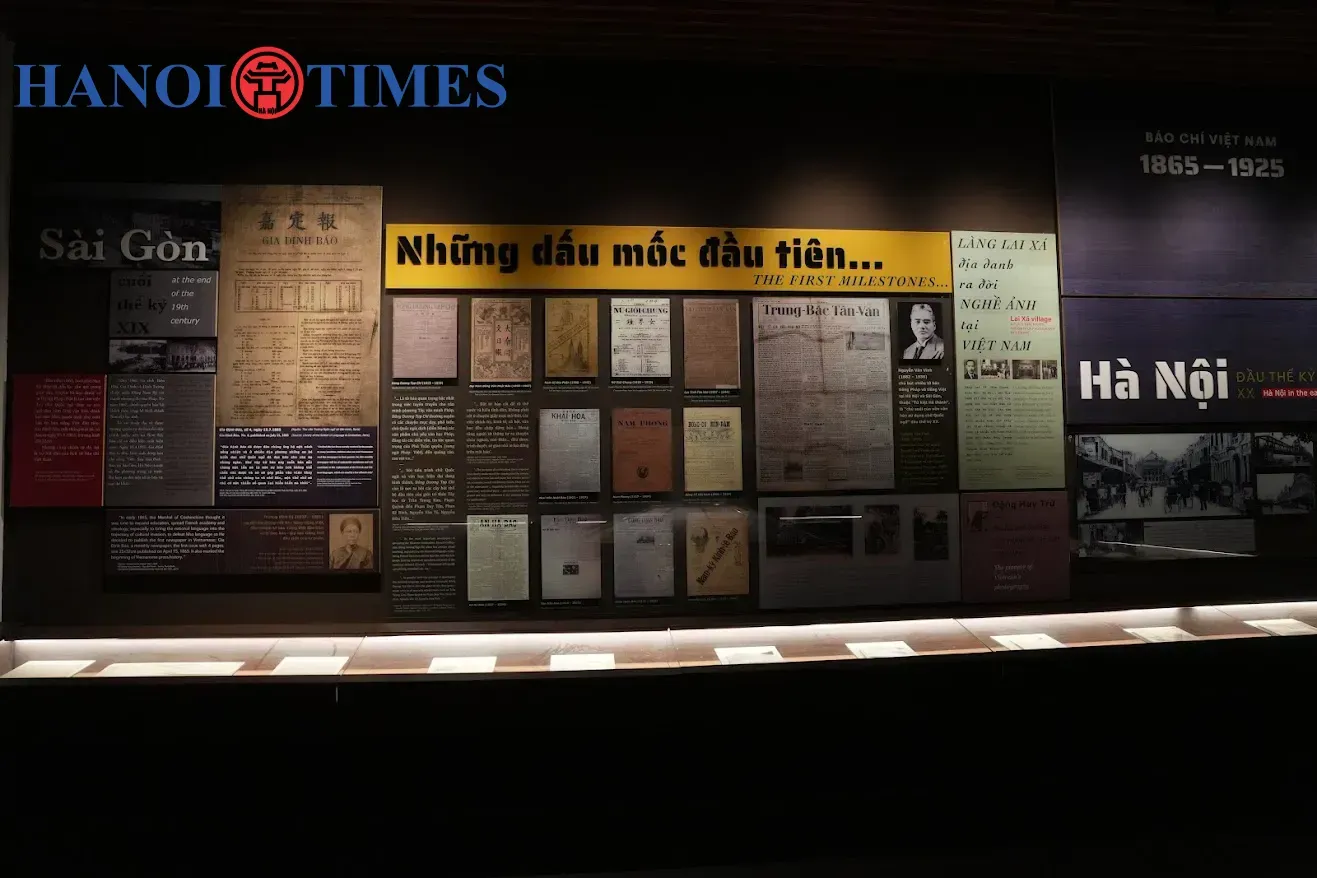
Copies of Vietnam's first newspaper on display at the Vietnam Press Museum.
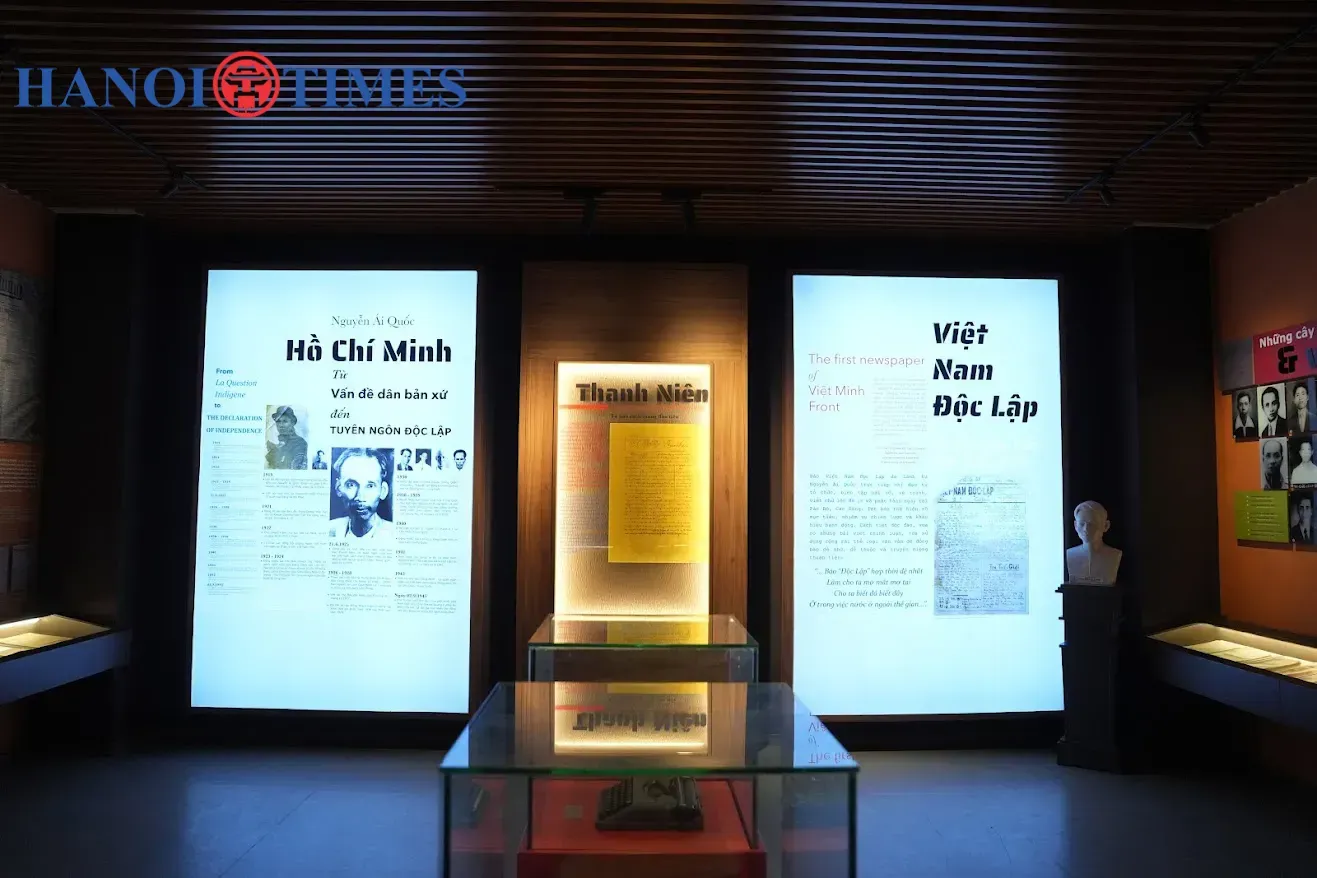
The 1925-1945 period sees the birth of the Vietnamese revolutionary press with the founding of the newspaper "Thanh Nien" (Youth) by Nguyen Ai Quoc (later President Ho Chi Minh) in Guangzhou, China.
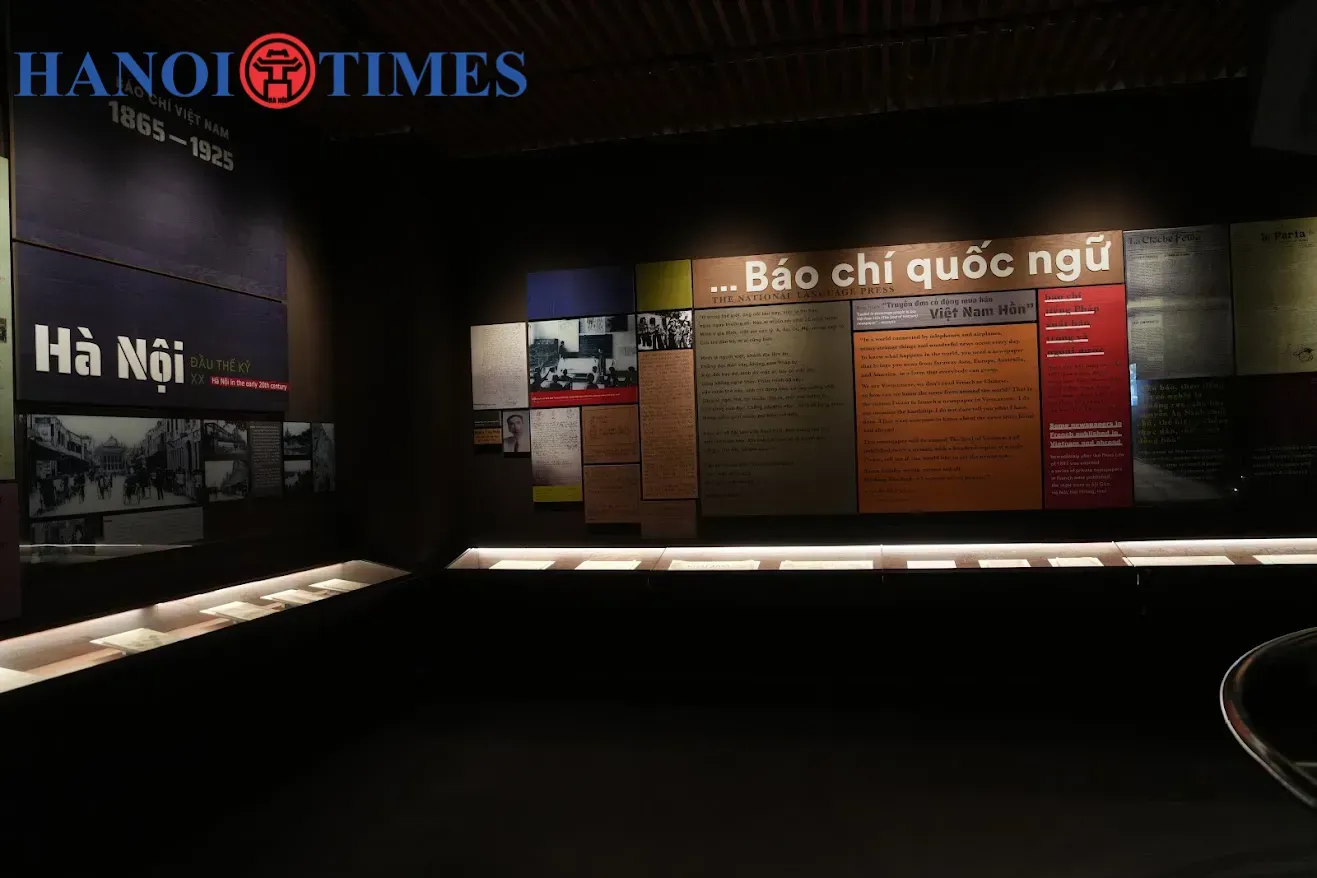
The newspaper is secretly infiltrated into Vietnam, where it becomes an important tool for political education and mobilization, especially among young people.
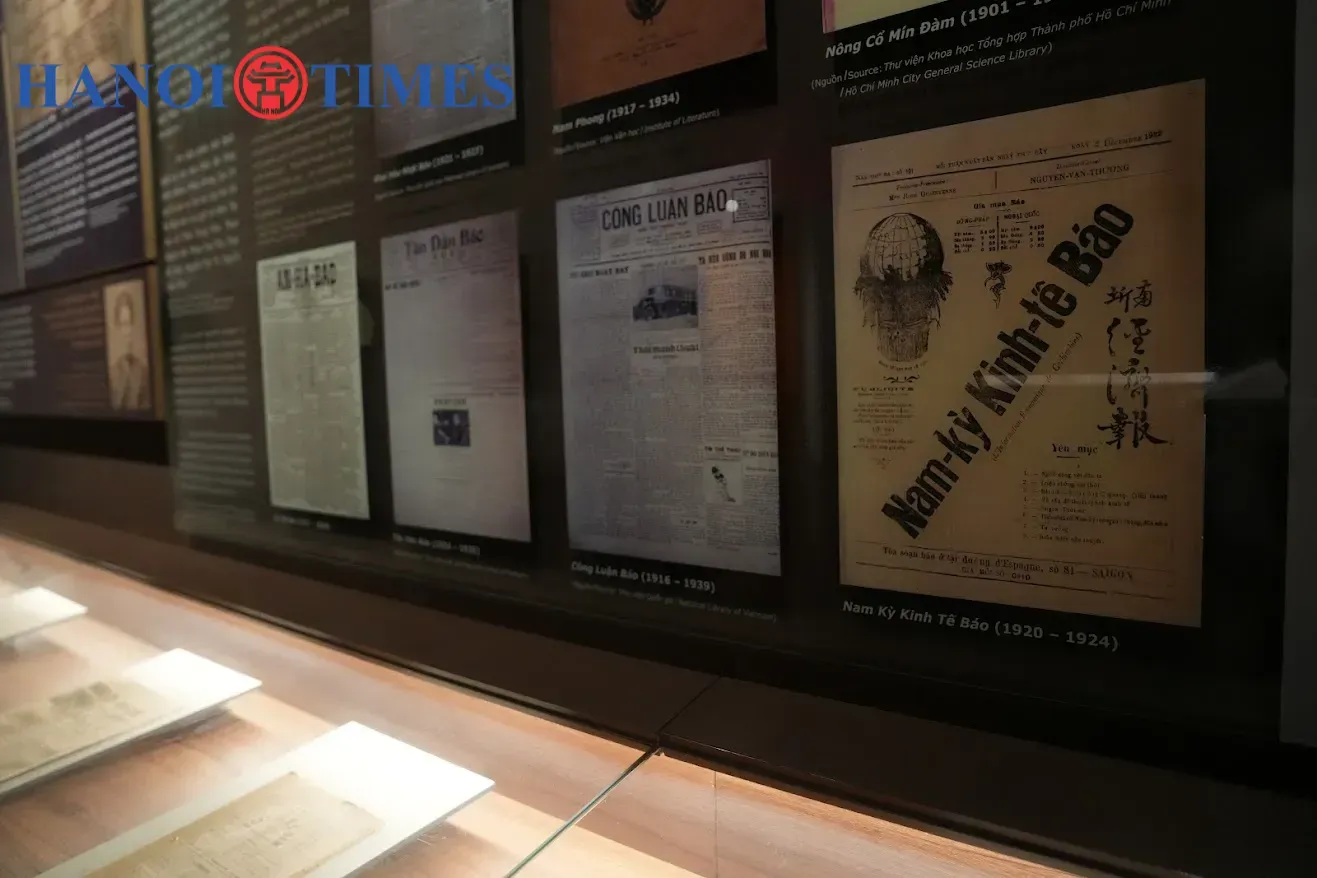
Other revolutionary publications such as Tranh Dau (Struggle), Tin Tuc (News), and Dan Chung (Commoner) are instrumental in spreading the message of national liberation.
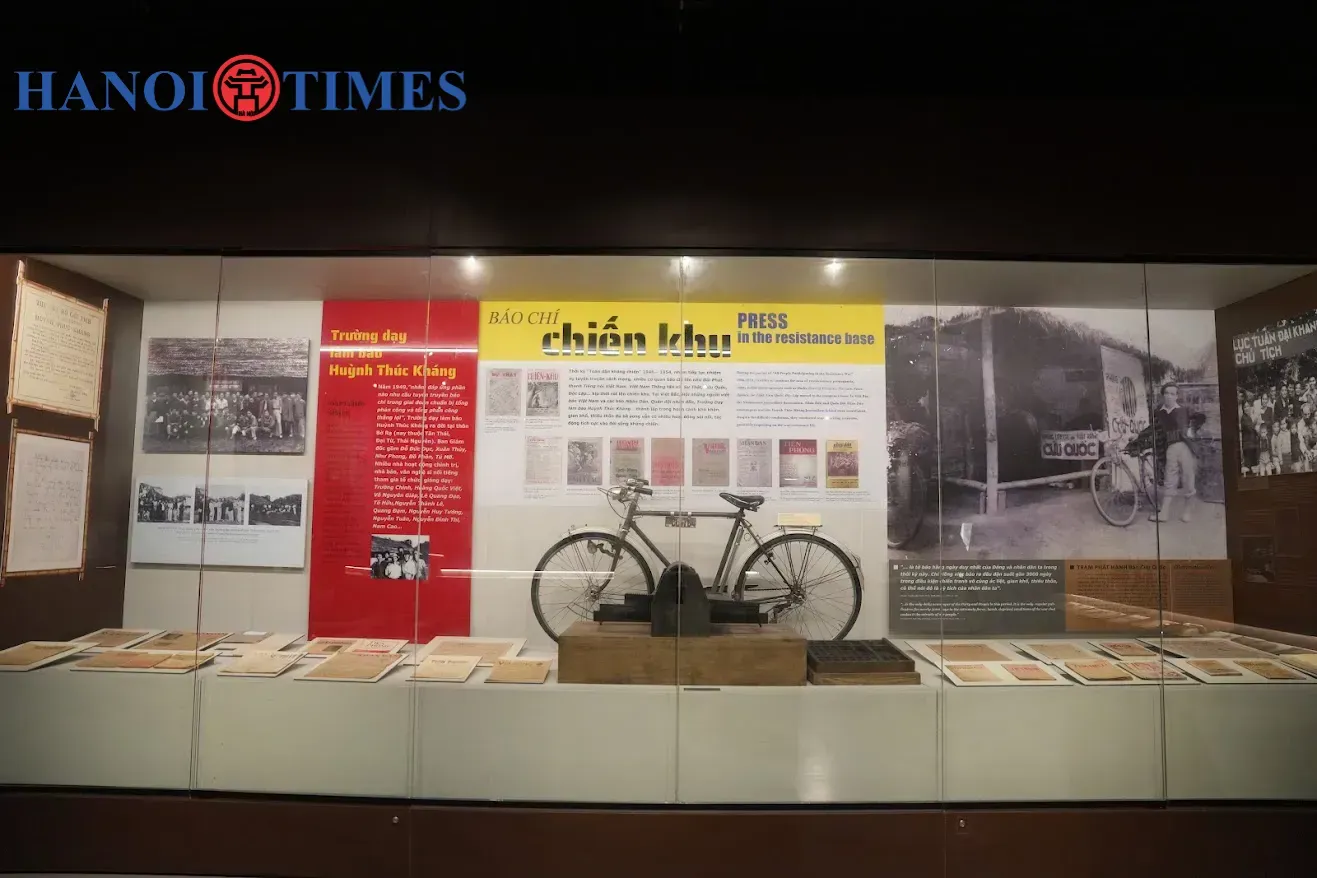
During the war against American troops from 1954 to 1975, the North advances its media landscape through developments in print, radio, and television with a focus on building socialism and supporting the South's struggle.
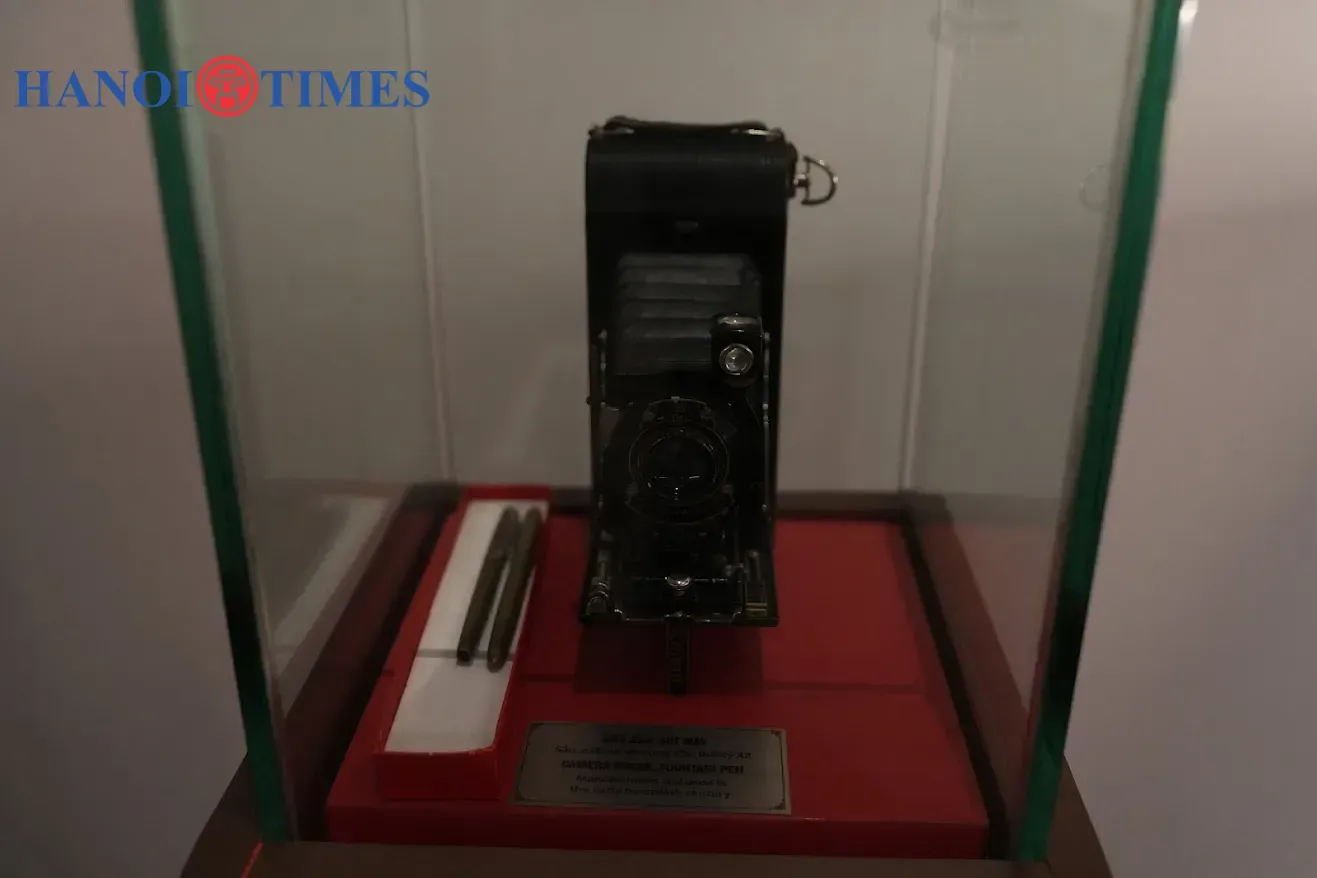
The Vietnam Press Museum houses a rich collection of artifacts that go beyond historical value to convey deep emotional and cultural significance.
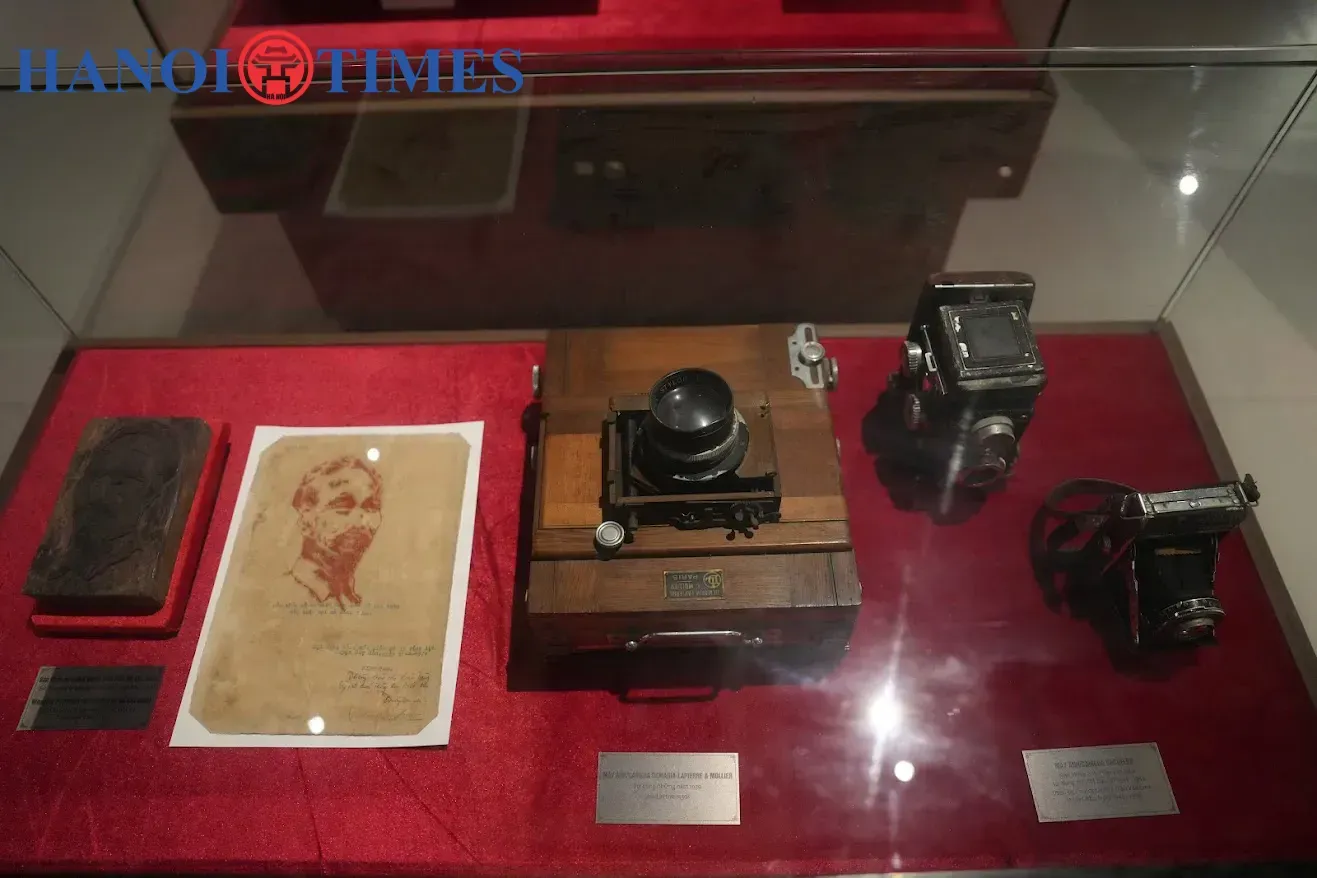
Among them are President Ho Chi Minh's typewriter, the typographic printer, and the "Ngua Troi" (Heaven Horse) camera used during the first broadcast of Vietnam Television on September 7, 1970.
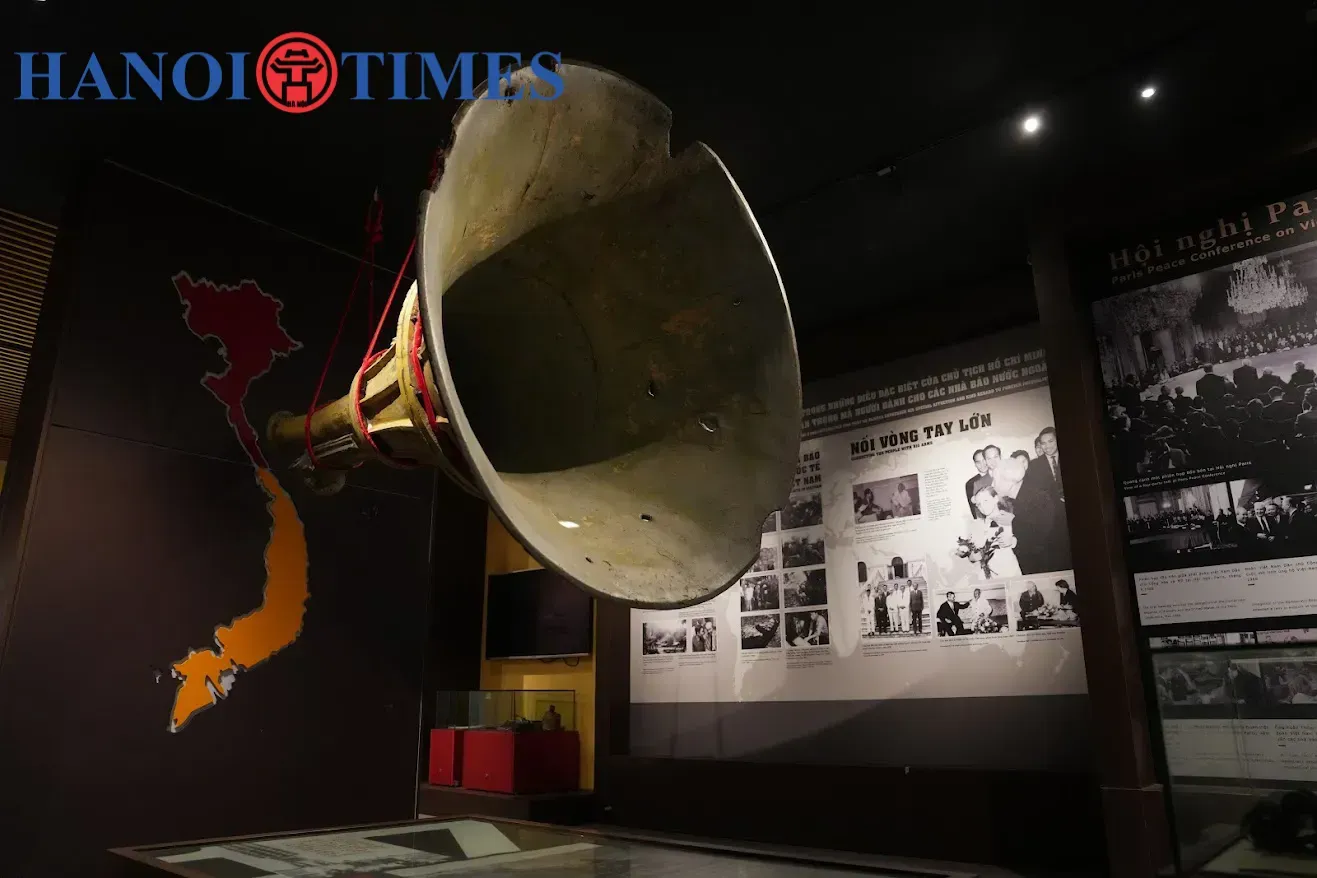
One of the museum's most striking items is a 2.1-meter-long propaganda loudspeaker used along the Ben Hai River. With a range of up to 10 kilometers, it became a powerful tool of psychological warfare.
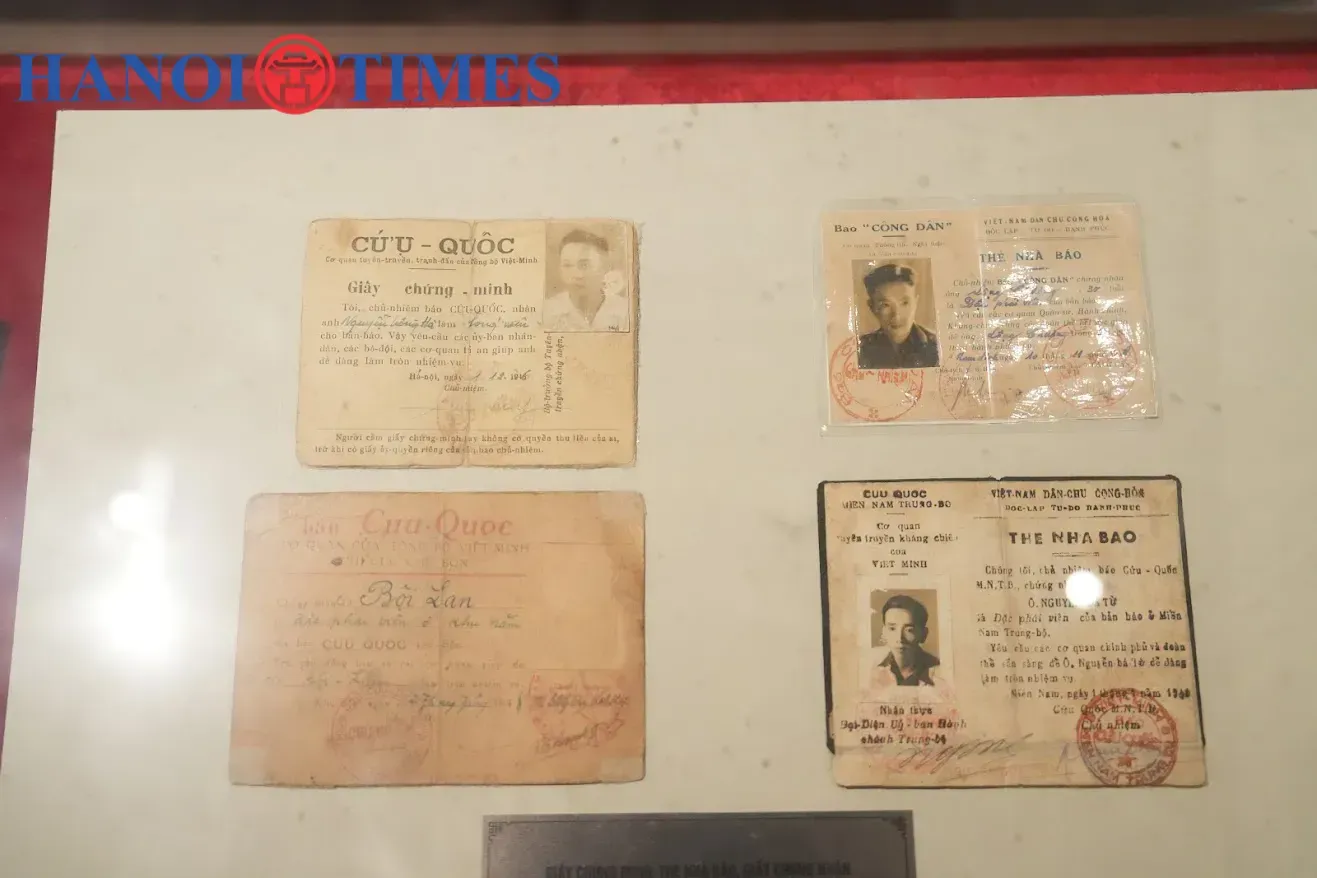
Artifacts such as damaged press cards, cameras, and handwritten reports on scraps of paper reflect the courage and creativity of journalists dedicated to the cause of national independence.
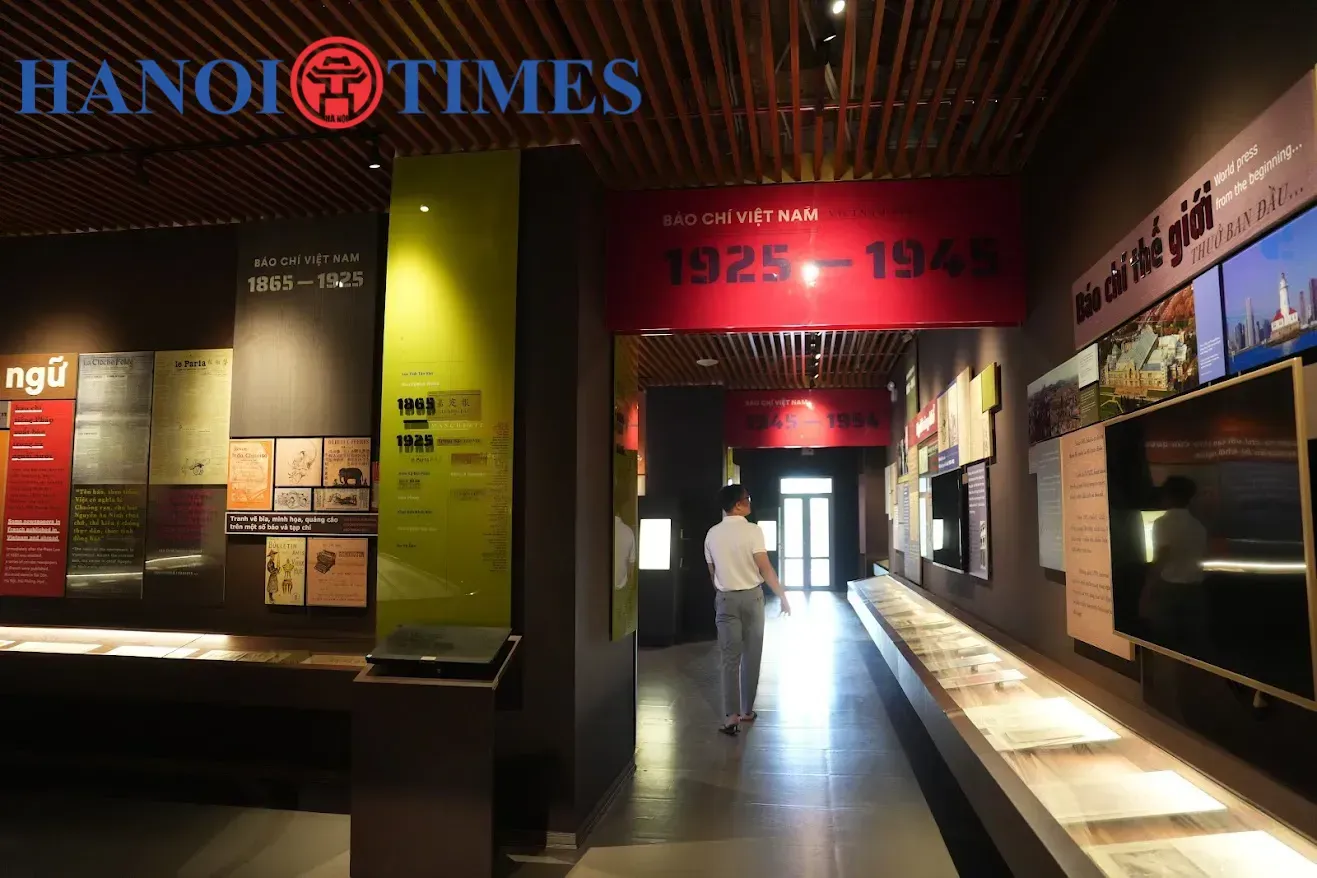
More than just a museum, it is a cultural space where journalists reflect on their professional mission and the public deepens its understanding of journalism's role in national development.











